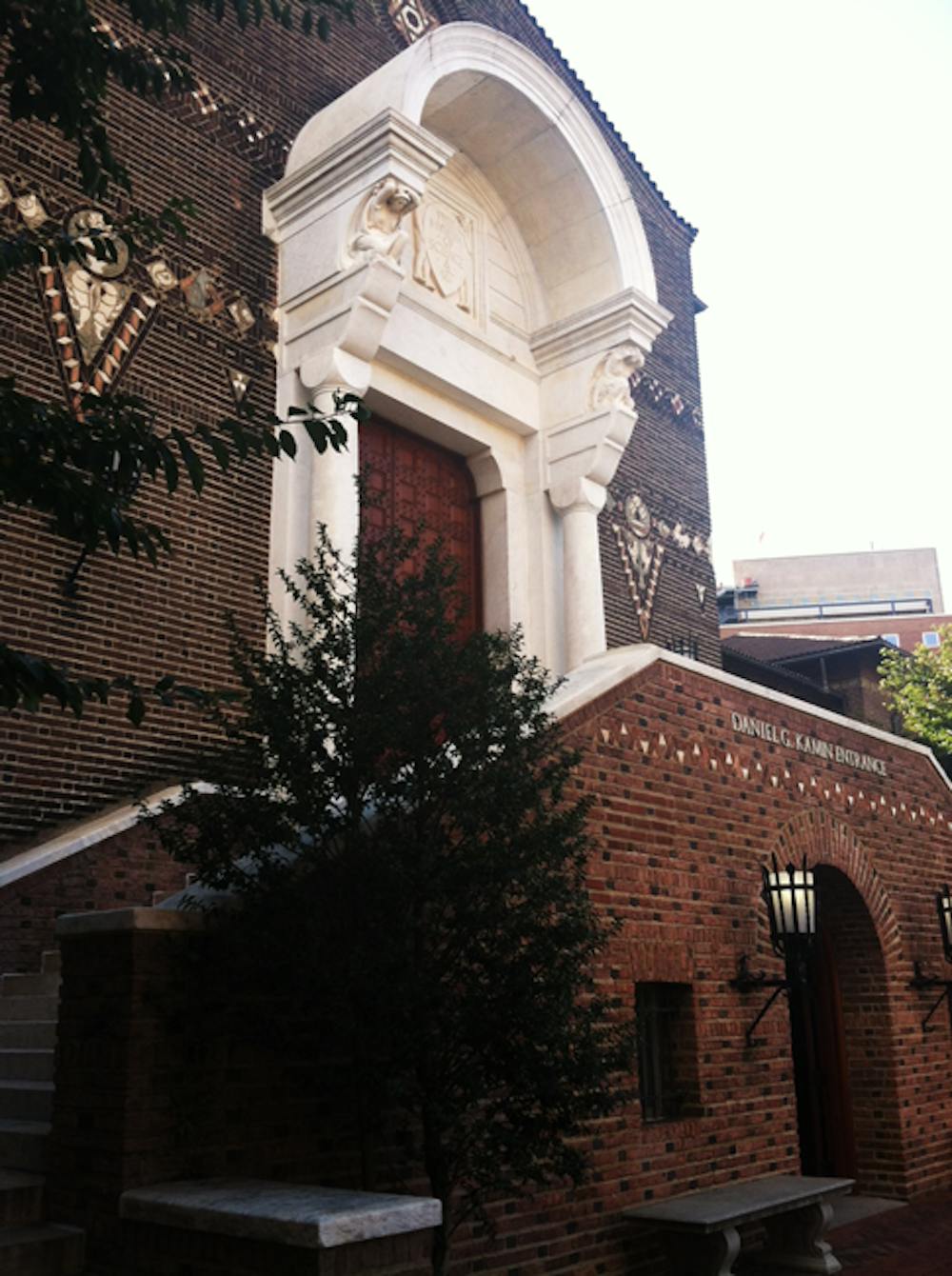Would you be able to tell me what you can find in the Penn Museum? It has collected over a million objects since its establishment in 1887, and it features the third largest sphinx in the world, but you probably haven’t been there since your freshman year toga party. What a shame.
With so many ancient resources right on campus, why do we often forget about our lovely museum? Do our peers at Harvard forget about their Fogg Museum, or do Yalies bypass their Peabody Museum? Admittedly, parsing out the calcified sediments of Generation Y’s cultural apathy may take a while. And I really can’t speak for everyone. But frankly, despite the astonishing funds, it’s fair to say that the Penn Museum has never had its own “time to shine." Penn students can’t seem to grasp the artistic value of esoteric artifacts. We’ve failed it.
The University of Pennsylvania Museum of Archaeology and Anthropology has a world–renowned collection of artifacts—African, Egyptian, Near Eastern, Babylonian, Asian, American, Mesoamerican, Oceanic, Mediterranean and Physical Anthropological. And with over 400 archaeological and anthropological expeditions under its belt, the museum has distinguished itself among others around the world.
It’s a leader in ethical practices, too. Since its adoption of “The Pennsylvania Declaration” in 1970, the museum acquires objects only with well–documented histories, preventing anything sketchy from getting swept under the carpet. Old Ben would be proud of how they embody our university motto, “laws without morals are in vain.”
The crux of the matter may be the museum’s mission. It doesn’t compete with the PMA: the Museum does not focus on fine art. You won’t get Picassos and Duchamps there, but you will find objects just as significant: the bullhead lyre from Ur, massive totem poles from the Haida culture of the Pacific Northwest, bronze masks from the Edo culture in the African galleries and a raven mummy in the open conservation lab.
In 2013, we’ve been mummified—stulted by the appeal of the avant garde—and need to let relics like Egyptian “Book of the Dead” readings reawken us. We need to champion this spectacular heritage on campus. While ancient history may not seem as sexy as contemporary conceptual sculpture, we can’t fully appreciate the present without understanding what came before.

